AT in the laundry - Chatterbox Spotlight

Your AT Chat Community was founded on peer-support, and learning from your peers' lived experience in how they use AT to live, play and work is what we breathe day-to-day. Recently one of our valued community members, Pat, shared a challenge she’s been having lately and asked for help with examples of assistive technology for laundry. In this Chatterbox Spotlight, we share the solutions and suggestions that our community generously provided, which may also help you or other AT users in your life.
Pat's question
"Can we start a conversation on how you deal with clothes washing and hanging, with or without support worker help?
My main SW (support worker) hurt her back and my backup is away this week. So I tried to bring in some washing from the line Wednesday and was in absolute agony by that evening. Nothing was touching the pain. Until recently I have been able to manage taking off a small amount of washing occasionally.
The answer for me might be to stop trying altogether and just leave it to SW or family, but before I do, I thought I'd check here for any out of the box ideas."
Strategies and breaking it down
Sarah came through with a suggestion to break down the problem into steps;
"Which part of the process is the biggest issue for you? That would then inform solutions.
For example:
- Is it the reaching arms above head?
- The weight of the wet items?
- Fatigue from the repetition and duration of task?
- Strength/dexterity issues with using pegs?"

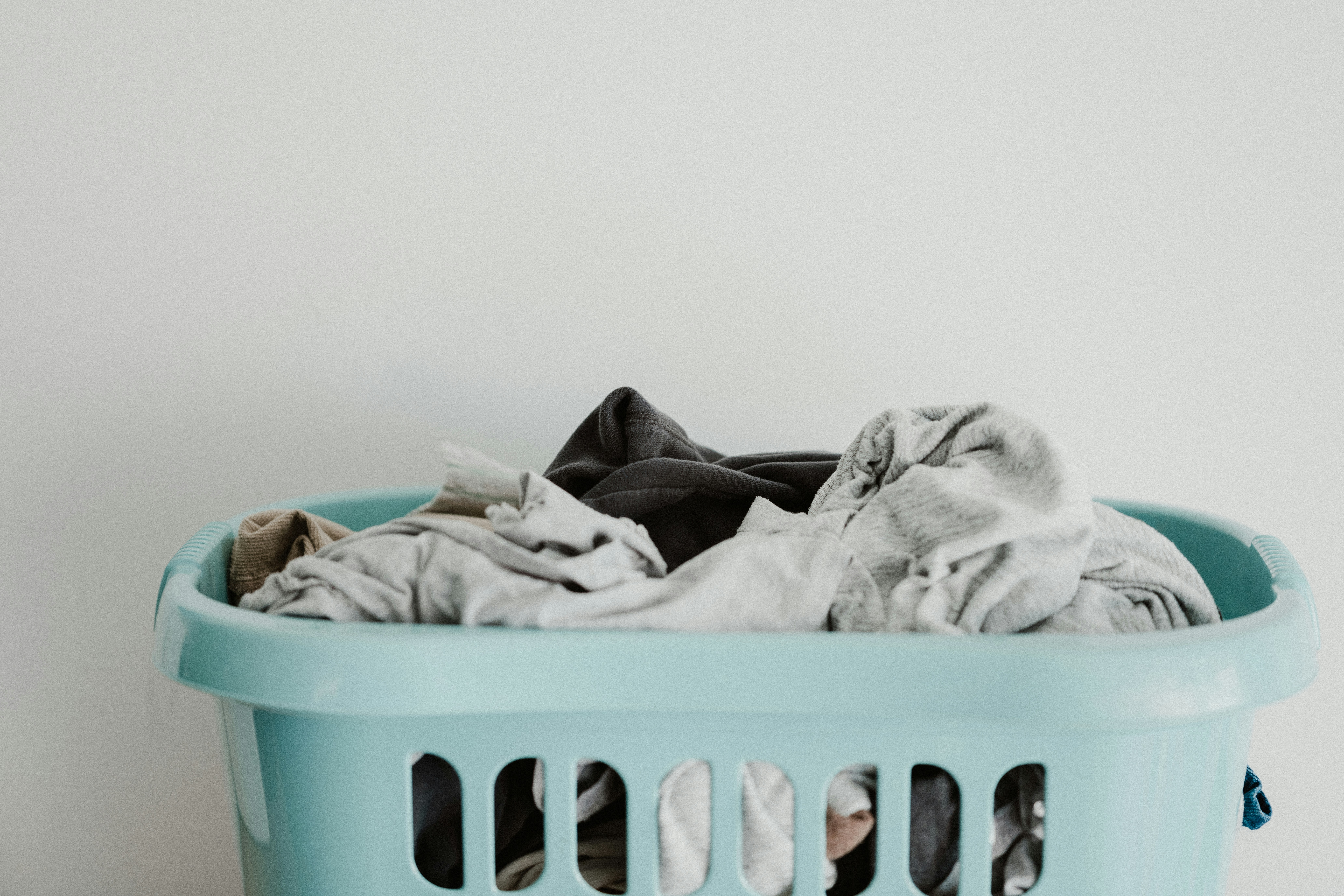
In response Pat explained;
"I thought it would be good not to have to lift arms but forget that is easier than leaning! I'm semi bed bound so it's not really surprising to anyone except me that I can't manage this, but it's sometimes hard to change the picture I have in my head of my abilities. I clearly thought I could still bring in a little of the washing."
Sarah responded that:
"I find that the only way I can hang washing is to do small quantities of the smaller items and hang on indoor clothes airer that is on wheels and I can rotate around so I don’t have to lean and reach far, whether standing or sitting.
But it’s not a full solution, as the largest item it fits is an adult T-shirt and I fatigue so quick that it would take half a day to hang a load, with breaks. So support workers pretty much do all my washing.
I know a participant (a mum with partner and teens) who uses a support worker that takes her washing twice a week (set days/times) to wash, dry & fold. She brings back the last lot when collecting the next.
Perhaps something like that would work for you?"
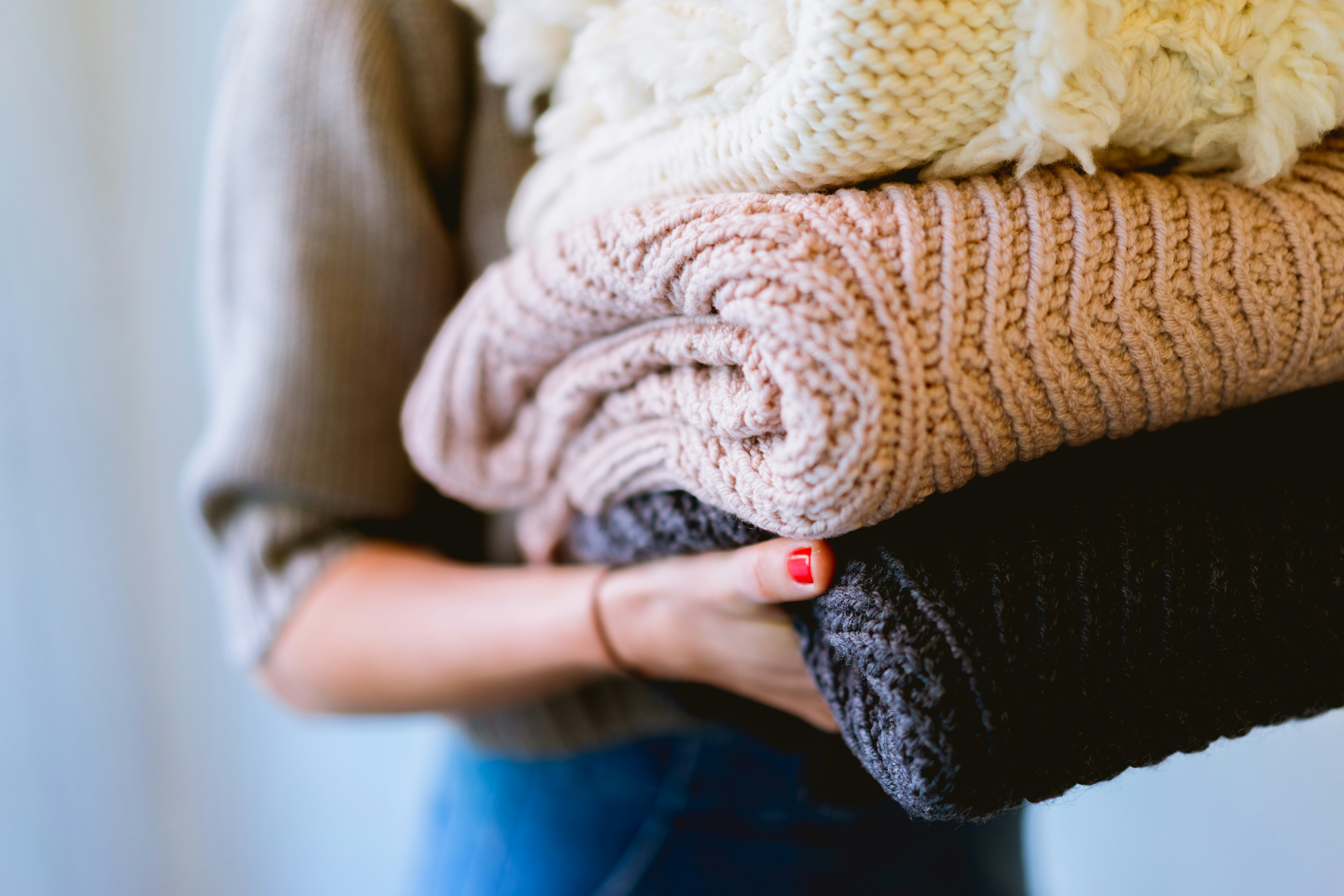
Laundry services
In addition to help from a support worker, Charlie and Siobhan suggested another option:
Siobhan:
"An out of the box idea for when your regular supports fail may be a laundry service. They can collect your washing, wash dry and fold it and bring it back to you."
NDIS plan categories:
Charlie suggested asking laundry helpers to put 'cleaning and domestic support' on their invoices, rather than 'linen service,' so it's not confused with a rental of bedding or other commercial services.
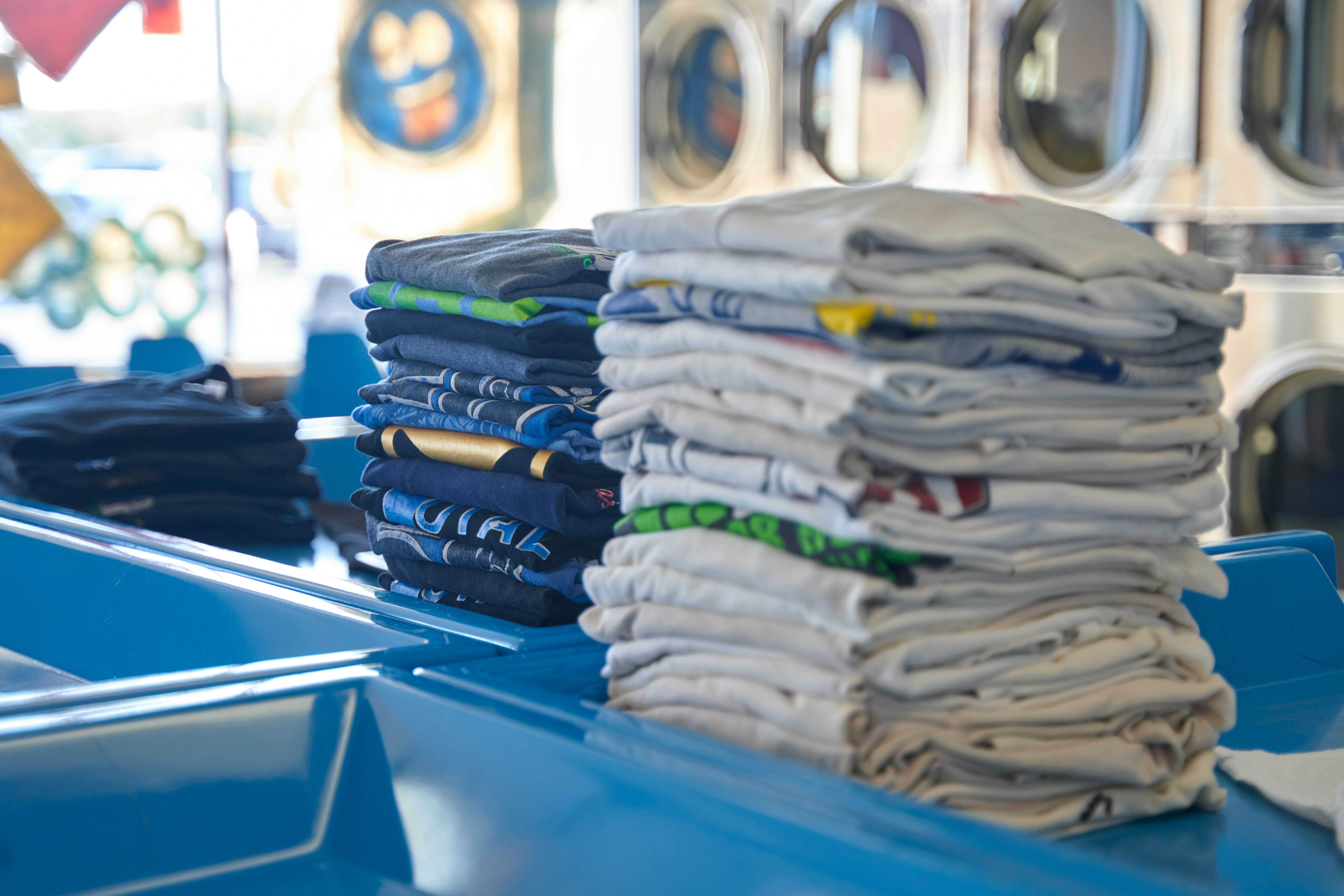
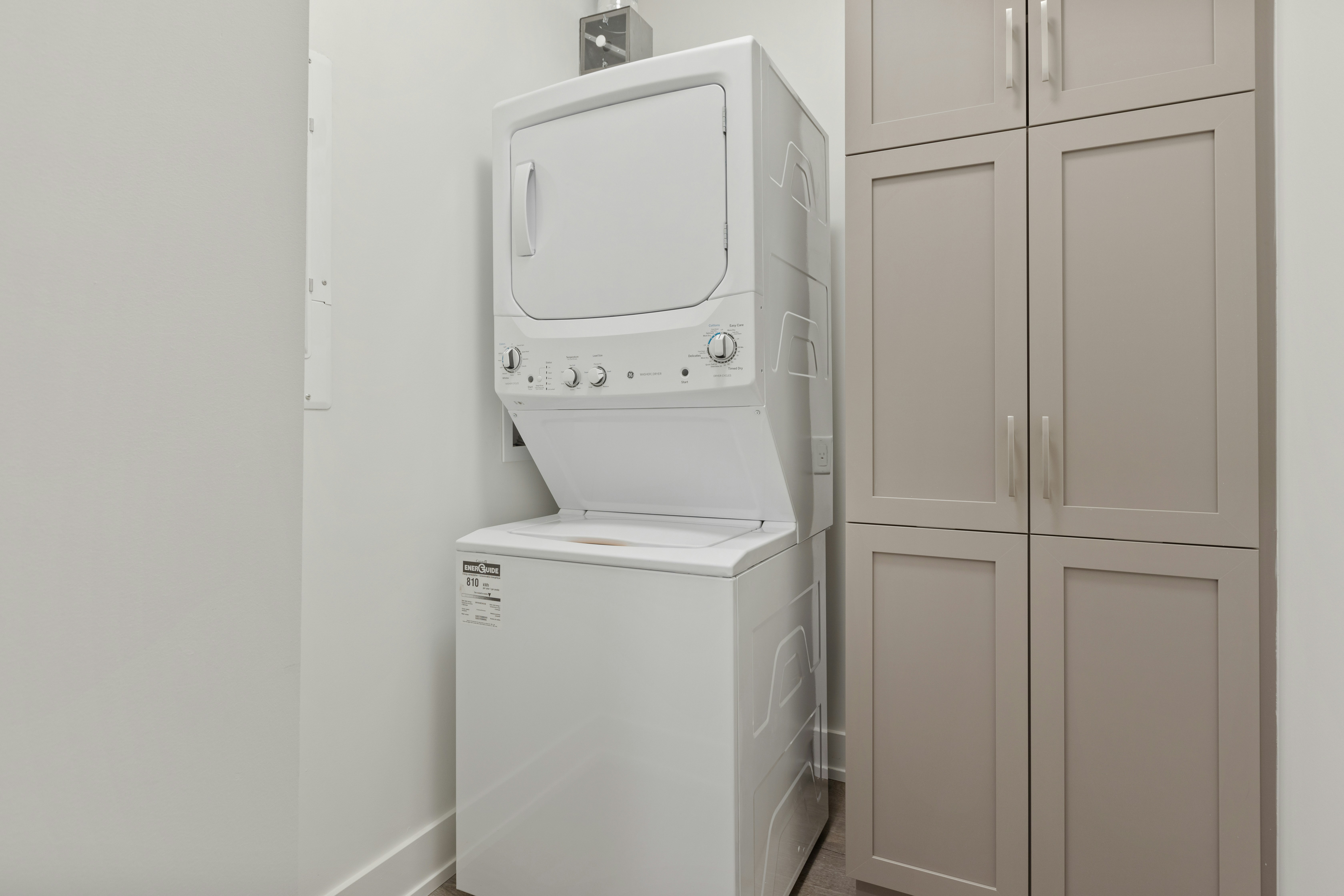
Try a dryer
Siobhan, Kelly, Alacka, Bronya and Ana also suggested Pat consider a dryer or a heat pump dryer:
Siobahn:
"I can't do washing anymore at all, but when I could, I had to accept that I needed a dryer. I have been so anti-dryer my whole life and had always hung my washing out. But realistically it was the only way I could get washing done.
Reframing a dryer as an assistive tool helped, as did purchasing a (cheap) heat pump dryer which has no condensation and uses very little electricity and is gentle on clothing."
Low-tech AT
Louise also had low-tech solutions, such as hanging clothes behind the bathroom door using coat hangers on hooks fastened to the door, and similarly Tanya hangs her clothes over chairs to dry. As Tanya has right side hemiplegia among other disabilities and that, plus chronic pain, neurofatigue and not being able to lift things above her head (especially wet stuff), she and clotheslines are in her words, not compatible.
Kelly added that her "Daughter isn't tall enough to hang things up on most standard washing lines so we got a portable one for her. She isn't able to hang sheets yet but that's probably something we could work on."
Another suggestion from Siobahn, which she reiterates really depends on your disabilities and individual situation, is for people to "utilise wash bags to help with their washing. For them, it is easier to pull a few bags out of the washing machine than individual items of clothing. If you struggle with lifting weight the opposite might be true."
She adds that, "You can also use reachers to pull things out of the washing machine."
A number of community members also suggested a rod hanger for undies.
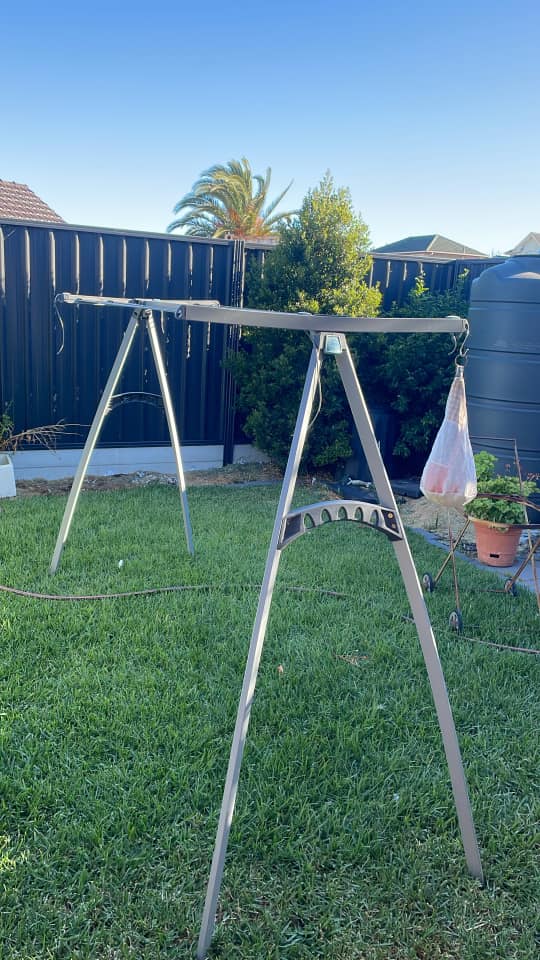
AT in this Spotlight
In addition to seeking assistance through a support worker or a laundry service, the AT suggested in this Spotlight included:
Dryer
To dry laundry. If a person has difficulties with hanging wet laundry on the line due to reaching or the weight of items, a dryer can make a big difference.
Heat pump dryer
For drying laundry. Heat pump dryers are an energy efficient alternative to standard dryers, which also don’t require venting and so don't add moisture to the environment and can be used in apartments or homes with limited ventilation.
Clothes horse, clothes airer or portable washing line
To dry laundry. Low-tech assistive technology items such as clothes horses, clothes airers or portable washing lines are used to dry clothes, and can come with wheels, which assist with moving them around when hanging laundry.
Wash bags
To separate out laundry items in the wash and dryer. Using individual wash bags to break up the load can help to make doing the laundry easier if moving individual items around if difficult, however they can potentially make loads heavier to lift.
Reachers
To pick up individual laundry items. Reachers can be used to lift and carry items of laundry, particularly if a person has difficulty reaching into washers or dryers due to mobility.
Undie hanger
For hanging underwear. Undie hangers can be used one handed, and can also be used for other smaller items of clothing such as bras and baby clothes.
Coat hangers on hooks
For hanging laundry. Rather than using a clothes horse, a person could hang a shirt on a coat hanger, and then pop it onto a hook mounted on their bathroom door to dry, for a low tech drying option.Please note that the links provided above are not an affiliate links; we do not receive any commission if you purchase through them.
Our Facebook group Chatterbox is open to all assistive technology (AT) users. If you would like to join the AT chat to share your experience and connect with your peers about an AT solution please follow the link below and join this amazing community.




